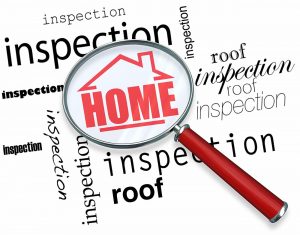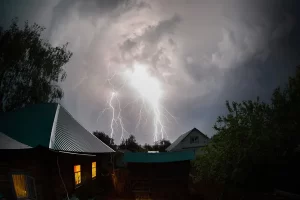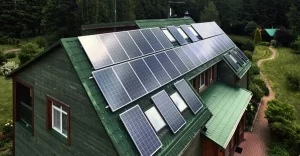Having Chimney Leaks? Here are 5 reasons why…
A leaky chimney causes a lot of problems to people, structures and items found inside. Chimneys can get damage from time to time and if no repairs are done, you will finally end up paying for expensive repairs to the interior of your home. Chimney leaks are sometime tricky. This is because water will move in and weave wherever it is vulnerable, and tracing back the leaky source requires a thorough understanding of the vulnerable places such as the chimney system. Here are the main reasons of the chimney leaks.
 1. Rain going straight in from the top
1. Rain going straight in from the top
This is usually the simplest cause of chimney leaking. It happens when chimneys do have covers to protect them from the falling rain. A chimney cover keeps the rain out and also protects it from birds, animals and debris. Therefore, a cover is very important to every homeowner to make sure that the chimney is safe and rain water will not get in.
 2. Cracks in the chimney crown
2. Cracks in the chimney crown
The top part of the chimney is usually cemented. This part is known as chimney crown and is meant to stop the rain and snow from falling in around the tiles. When cracks happen around the chimney crown which may be as a result of shifting of the structure or shrinkage, chimney then begins to leak since water goes straight through those cracks. Small cracks may eventually become bigger. Thus there is need to fix the problem when it is still early enough. Excellent crown coating materials like chimney saver crown coat can be used to fix it. This kind of material prevents small cracks from becoming larger, but the best way to go about it is to coat your chimney crown from the beginning to avoid later repairs.
 3. Condensation
3. Condensation
Most chimneys leaking happen as a result of condensation. Condensation can happens when ascending combustion gases meet cooler temperatures in the higher parts of the flue. This finally drops below the dew point. This process usually occurs during cold weather or when the chimney is mostly exposed to the outside. Besides, if the chimney is blocked, the slight condensation that may happen could accumulate into heavy condensation due to obstruction. Further, gas fumes are very low temperature and have a lot of moisture. If these fumes condensed on the inside of the too-large, too-cold chimney, it will cause condensation since it makes the bricks soaked and moist all the time.
 4. Chimney flashing
4. Chimney flashing
This is another cause of chimney leaks. Flashing is aesthetically pleasing part of the chimney’s exterior. It adds metallic brightness especially if it is made of copper. Flashing can get damaged and it requires repairs or installation because damaged flashing may cause chimney leaks. A part from making the structure looks appealing, flashing also keeps water from going into the place where the bricks structure come through or close to the roof. A fairly large cap normally exists between the bricks and the roof and water will move through that hole if not sealed properly. To avoid flashing problems, make sure you get the right materials for flashing such as Flash Seal by Saver Systems since they are better and last longer.
5. Leaking bricks
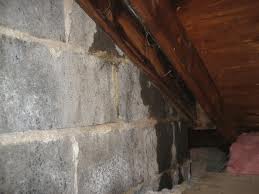
Generally, chimney leaks are hard to pinpoint because they can come from nearly anywhere on the chimney. What is very important is to clearly check and understand the source of chimney leaks. Sometimes a leak can start in a different place and finds its way to the chimney. Water can move into the attic or above the ceiling and drip to the floor or roll along the stringer. If all these happened and remain undiscovered, people may spend large sum of money fixing everywhere.

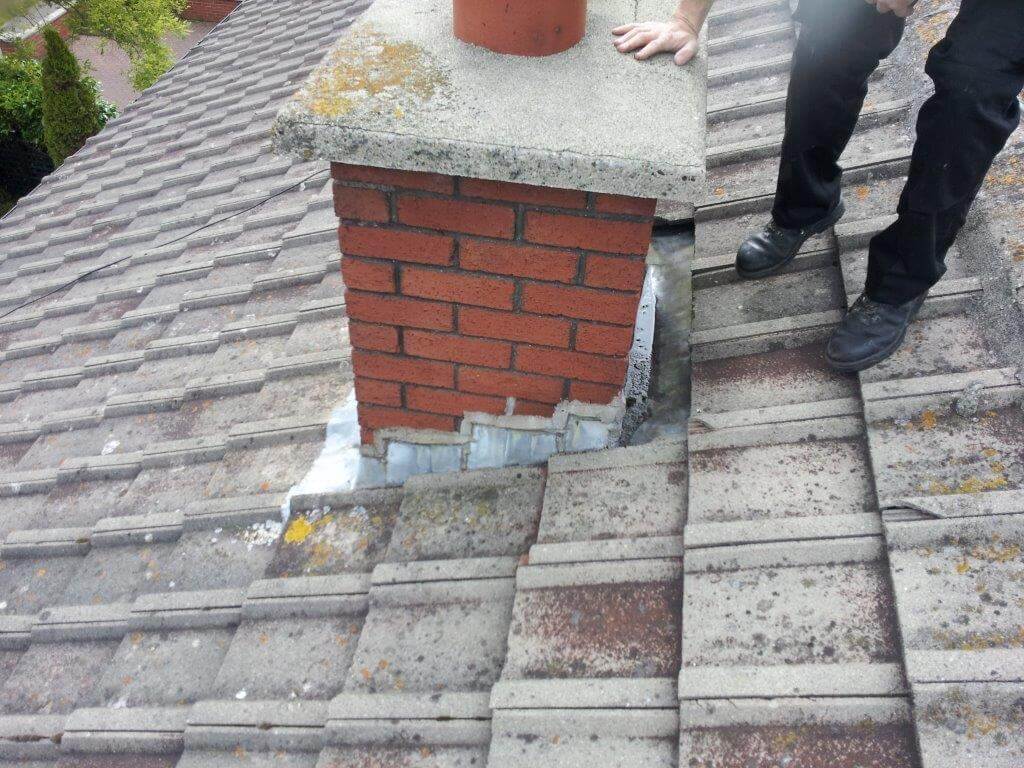
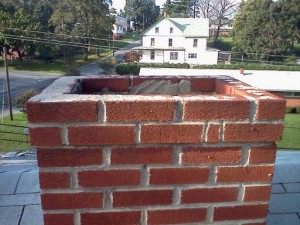 1. Rain going straight in from the top
1. Rain going straight in from the top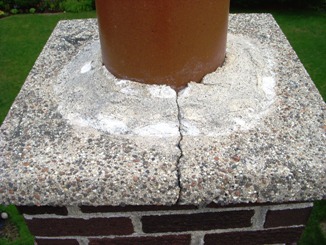 2. Cracks in the chimney crown
2. Cracks in the chimney crown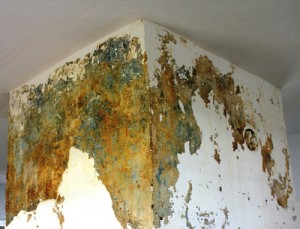 3. Condensation
3. Condensation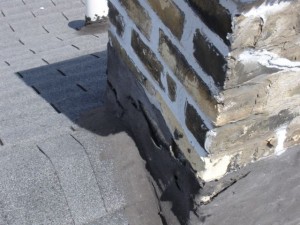 4. Chimney flashing
4. Chimney flashing